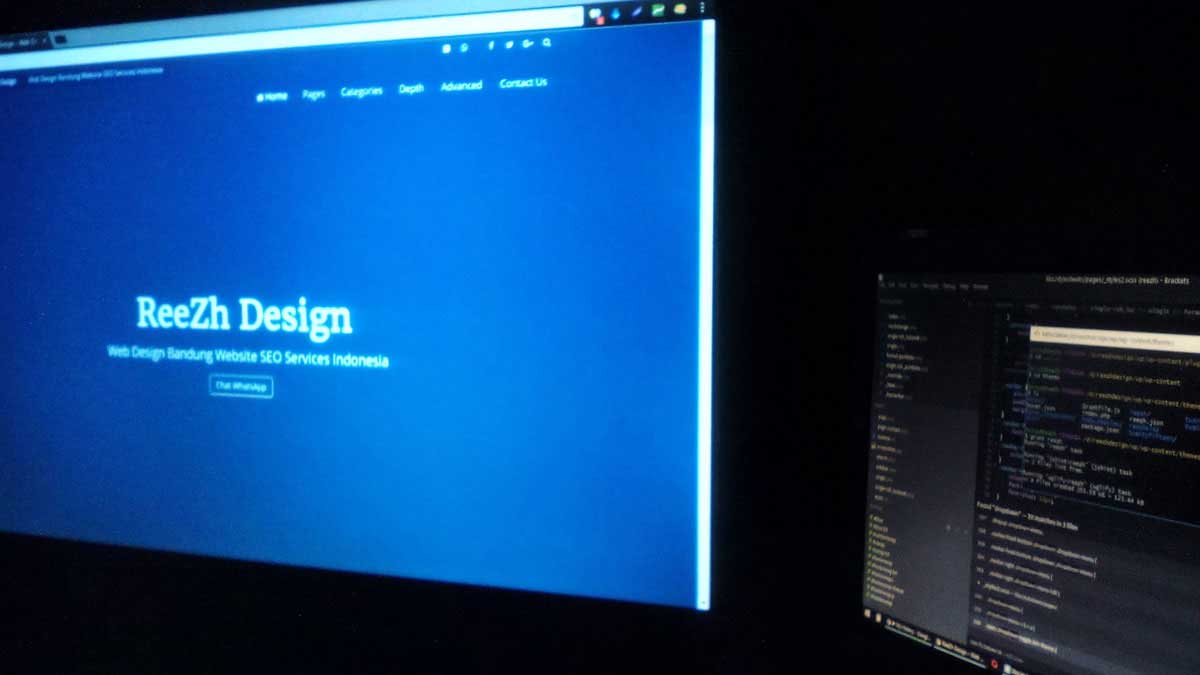Bypassing Unimportant Elements in a Website
in Web Design (submitted 2012-08-22)
For any web design Sydney company, navigation in websites is one of the principal issues to address if one is serious on a building a good website. A website that cannot be navigated easily can be termed a bad website. For great web designing, navigation must be easy and intuitive.
In a majority of website design plans, links are positioned on the top or down the left side of the web page. Individuals among the target audience who are disabled and using screen readers are forced to listen to all the links across the top and down the left side before proceeding to the main content. The whole process, obviously, is very tedious. What aggravates the user experience is that the same procedure is repeated in every page that the user visits.
Therefore, a good web design Sydney professional must provide a way to quickly go to the main navigation links to the main content. There are two ways to do this: first image link to the main content; and second, text link to the main content. For image link to the principal content, a link must be attached to an image at the top of the page. The image should not have any importance. The target of the image link must be set to the start of the principal content of the web page. Alternately, it is possible to place an anchor near the beginning of the principal content area if you want the link to work. In such an instance, a person using a screen reader can activate the link and skip to the main content of the web page.
For text link to the main content, the technique is similar to the “image link to the main text” technique as previously described. In this case, the image link is not added. Instead, the text link is added to the top of the page and the link is targeted to the beginning of the main text.
If the website design has multimedia content, then textual equivalents must be there. The world “multimedia” in this context equals applets, images, sounds or video clips. Transcripts or captions of audio content that is important must be there. If there is video content, then two alternative files are required: one file describes the video part of the presentation. Another file describes the audio part. The transcripts and descriptions can be on the same page; or on two different pages. The current practice is to position a hyperlink to the transcript and description near the clip itself. For a web design Sydney developer, a number of tools allow him or her to add captions to three multimedia formats: QuickTime made by Apple, Synchronized Accessible Media or SAMI format by Microsoft and the Synchronized Multimedia Integration Language or SMIL by the World Wide Web Consortium. Flash- a product developed by the Macromedia company offers a Flash Accessibility Kit. The kit includes free example code and guidelines that helps Macromedia Flash or SWF movies accessible to users who have disabilities.
About the Author
James Winson is a web designing professional with decades of website design experience. He is a proud owner of a web design Sydney Company. James is also a professional logo designer.
